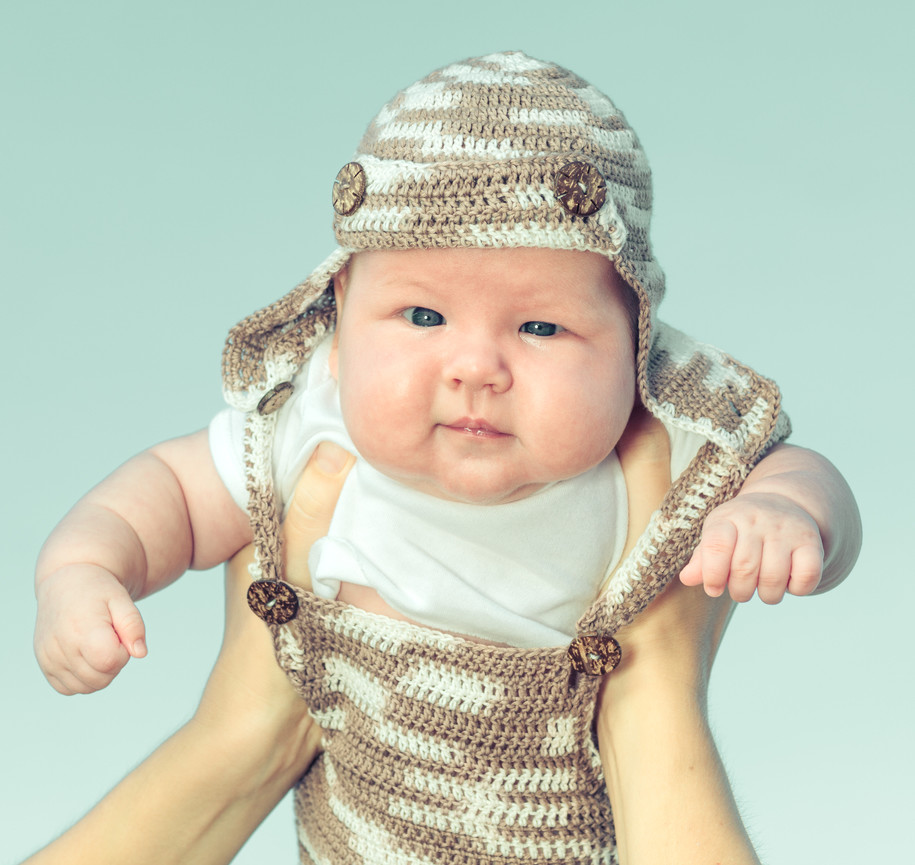When is a Band-Aid (or a kiss) not enough?
A cut (or skin laceration) needs professional medical treatment if the edges of the wound don’t stay together easily or if you can’t stop the bleeding. That’s it. The same principle applies to tongue injuries and other cuts inside the lip or mouth. If a wound inside the mouth flaps around when a child eats, or speaks, it needs repair. But if a child can eat and the mouth isn’t bleeding after 20 minutes, leave it alone.
Staples, stitches and skin glue are all great tools, and the “right” method depends on which will best bring the edges of the cut together. Sometimes I stitch underneath the skin and glue the top; sometimes I crisscross hairs on the scalp to pull a cut together and glue over the hair. And sometimes I use surgical tape alone to close a cut. Wound repair is a creative art.
Skin movement creates tension and makes healing more difficult. So cuts overlying a moving joint often need stitches to hold the edges of the wound together. Alternatively, you can splint the joint until the cut heals. Even if a cut is not in an area that moves, the skin is still under tension from the underlying muscles. Stitches, glue and other repair materials hold skin in place while skin cells called fibroblasts make new skin (the scar). The scar will be thicker and more obvious if the cut is under tension while it heals. The lines of tension on the skin are called Kraissl lines. A wound that runs along these lines will leave a fainter scar than a cut across the lines. You can see a map of the lines here, but you may already be quite familiar with them as they are exactly where wrinkles form.
Scars are Cooler than Tattoos
What about infection risk?
In general, you should apply antibiotic ointment to a cut. But it’s not so much the antibiotic part of the ointment that helps; wounds have been proven to heal best under slightly moist conditions. Vaseline alone will suffice. Wounds on the head almost never get infected no matter what you do to them. There is excellent blood flow to the scalp and face so the immune system cells flood these areas and quickly attack bacteria. On the other hand, infection can quickly appear in cuts on the rest of the body because bacteria there can escape the immune system’s notice.
Puncture wounds are particularly deceptive and are usually far worse than they appear. Debris that is scraped off from the offending pointy puncturing object is trapped in the wound. Most commonly rust scrapes from a metal nail, wood debris splinters from toothpicks or wood skewers and leaves behind a hotbed for infection. The worst offender is a cat bite. Their razor sharp teeth might not hurt going in and penetrate far deeper than appears. Feline teeth shove bacteria deep under the skin. Copious, deep irrigation and warm soaks at home are your best defense.
So be sure to see a doctor to treat puncture wounds even if they don’t leave a large cut.
In the 1980s surgeons first began to perform operations on unborn fetuses and were startled to find that the babies showed no surgical scars at birth. Scientists found several reasons: The amniotic fluid is rich in the chemical building blocks of skin and the fluid has few of the inflammation-triggering immune cells that produce scarring. In fact, amniotic fluid is populated with “healing” immune cells that release repair molecules called growth factors. These discoveries about fetal skin could aid research on how to heal adult wounds more effectively. Scientists are now seeking clues to the fetal healing machinery to learn to treat wounds in adults to eliminate scarring. While the skin of older babies doesn’t retain the amazing wound-healing ability of fetuses, like fetal skin, they have more skin-building fibroblast cells. Baby skin grows fast to keep up with rapid weight and height gain, so it heals cuts and scratches quicker too.
Read more at babycenter









